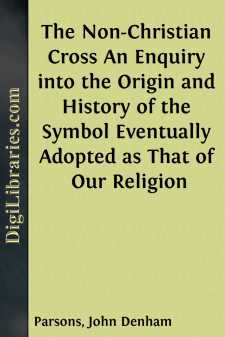Categories
- Antiques & Collectibles 13
- Architecture 36
- Art 48
- Bibles 22
- Biography & Autobiography 816
- Body, Mind & Spirit 145
- Business & Economics 28
- Children's Books 17
- Children's Fiction 14
- Computers 4
- Cooking 94
- Crafts & Hobbies 4
- Drama 346
- Education 58
- Family & Relationships 59
- Fiction 11834
- Foreign Language Study 3
- Games 19
- Gardening 17
- Health & Fitness 34
- History 1378
- House & Home 1
- Humor 147
- Juvenile Fiction 1873
- Juvenile Nonfiction 202
- Language Arts & Disciplines 89
- Law 16
- Literary Collections 686
- Literary Criticism 179
- Mathematics 13
- Medical 41
- Music 40
- Nature 179
- Non-Classifiable 1768
- Performing Arts 7
- Periodicals 1453
- Philosophy 66
- Photography 2
- Poetry 897
- Political Science 203
- Psychology 45
- Reference 154
- Religion 516
- Science 126
- Self-Help 85
- Social Science 82
- Sports & Recreation 34
- Study Aids 3
- Technology & Engineering 59
- Transportation 23
- Travel 463
- True Crime 29
Our website is made possible by displaying online advertisements to our visitors.
Please consider supporting us by disabling your ad blocker.
The Non-Christian Cross An Enquiry into the Origin and History of the Symbol Eventually Adopted as That of Our Religion
Description:
Excerpt
PREFACE. ————
The history of the symbol of the cross has had an attraction for the author ever since, as an enquiring youth, he found himself unable to obtain satisfactory answers to four questions concerning the same which presented themselves to his mind.
The first of those questions was why John the Baptist, who was beheaded before Jesus was executed, and so far as we are told never had anything to do with a cross, is represented in our religious pictures as holding a cross.
The second question was whether this curious but perhaps in itself easily explained practice had in its inception any connection with the non-Mosaic initiatory rite of baptism; which Jesus accepted as a matter of course at the hands of his cousin John, and in which the sign of the cross has for ages been the all-important feature. And it was the wonder whether there was or was not some association between the facts that the New Testament writers give no explanation whatever of the origin of baptism as an initiatory rite, that this non-Mosaic initiatory rite was in use among Sun-God worshippers long before our era, and that the Fathers admitted that the followers of the Persian conception of the Sun-God marked their initiates upon the forehead like the followers of the Christ, which finally induced the author to start a systematic enquiry into the history of the cross as a symbol.
The third question was why, despite the fact that the instrument of execution to which Jesus was affixed can have had but one shape, almost any kind of cross is accepted as a symbol of our faith.
The last of the four questions was why many varieties of the cross of four equal arms, which certainly was not a representation of an instrument of execution, were accepted by Christians as symbols of the Christ before any cross which could possibly have been a representation of an instrument of execution was given a place among the symbols of Christianity; while even nowadays one variety of the cross of four equal arms is the favourite symbol of the Greek Church, and both it and the other varieties enter into the ornamentation of our sacred properties and dispute the supremacy with the cross which has one of its arms longer than the other three.
Pursuing these matters for himself, the author eventually found that even before our era the cross was venerated by many as the symbol of Life; though our works of reference seldom mention this fact, and never do it justice.
He moreover discovered that no one has ever written a complete history of the symbol, showing the possibility that the stauros or post to which Jesus was affixed was not cross-shaped, and the certainty that, in any case, what eventually became the symbol of our faith owed some of its prestige as a Christian symbol of Victory and Life to the position it occupied in pre-Christian days.
The author has therefore, in the hope of drawing attention to the subject, incorporated the results of his researches in the present essay.


